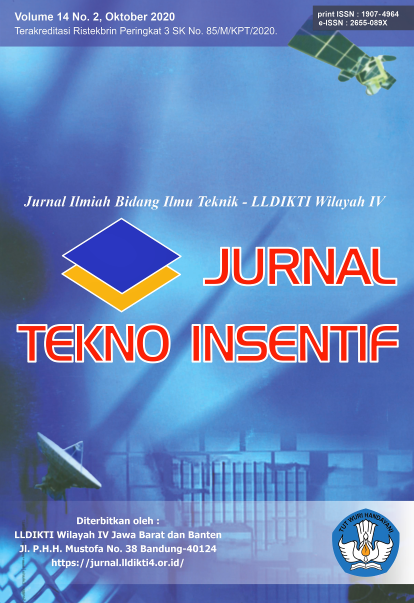METODE KOMPARASI ARTIFICIAL NEURAL NETWORK PADA PREDIKSI CURAH HUJAN - LITERATURE REVIEW
Abstrak
Abstrak - Penelitian untuk mencari model prediksi curah hujan yang akurat di berbagai bidang sudah banyak dilakukan, maka dilakukan di-review kembali guna membantu proses penyaliran dalam perusahaan tambang. Review dilakukan dengan membandingkan hasil dari setiap model yang telah dilakukan pada beberapa penelitian sebelumnya. Penelitian ini menggunakan metode kuantitatif. Model yang dibandingkan pada penelitian di antaranya yaitu model Fuzzy, Fast Fourier Transformation (FFT), Emotional Artificial Neural Network (EANN), Artificial Neural Network (ANN), Adaptive Ensemble Empirical Mode Decomposition-Artificial Neural Network (AEEMD-ANN), E-SVR-Artificial Neural Network (E-SVR-ANN), Artificial Neural Network Backpropagation (BPNN), Adaptive Splines Threshold (ASTAR), Seasonal First-Order Autoregressive (SAR), Gumbel, Autoregressive Integrated Moving Average (ARIMA), Feed Forward Neural Network (FFNN), Support Vector Machine (SVM), Adaptive Neuro-Fuzzy Inference System (ANFIS), dan Artificial Neural Network-Fuzzy (ANN-Fuzzy). Hasil dari review menyimpulkan bahwa model Artificial Neural Network memiliki beberapa kelebihan dibandingkan dengan metode yang lain, yakni ANN mampu memberikan hasil yang dapat mengenali pola-pola dengan baik dan mudah dikembangkan menjadi bermacam-macam variasi sesuai dengan permasalahan maupun parameter yang ada, sehingga ANN direkomendasikan untuk perhitungan prediksi hujan.
Abstract - Various kinds of research have been carried out to find accurate models to predict rainfall in various fields, so the research that has been done previously was reviewed again to help the drainage process in mining companies. The review is done by comparing the results of each model that has been conducted in several previous studies. This research used quantitative methods. Models compared in this study include the Fuzzy model, Fast Fourier Transformation (FFT), Emotional Artificial Neural Network (EANN), Artificial Neural Network (ANN), Adaptive Ensemble Empirical Mode Decomposition-Artificial Neural Network (AEEMD-ANN), E-SVR -Artificial Neural Network (E-SVR-ANN), Artificial Neural Network Backpropagation (BPNN), Adaptive Splines Threshold (ASTAR), Seasonal First-Order Autoregressive (SAR), Gumbel, Autoregressive Integrated Moving Average (ARIMA), Feed Forward Neural Network (FFNN), Support Vector Machine (SVM), Adaptive Neuro-Fuzzy Inference System (ANFIS), and Artificial Neural Network-Fuzzy (ANN-Fuzzy). The results of the review concluded that the Artificial Neural Network model has several advantages compared to other methods, namely ANN is able to provide results that can recognize patterns well and easily developed into a variety of variations in accordance with existing problems and parameters, so ANN is recommended for rain prediction calculation.


















